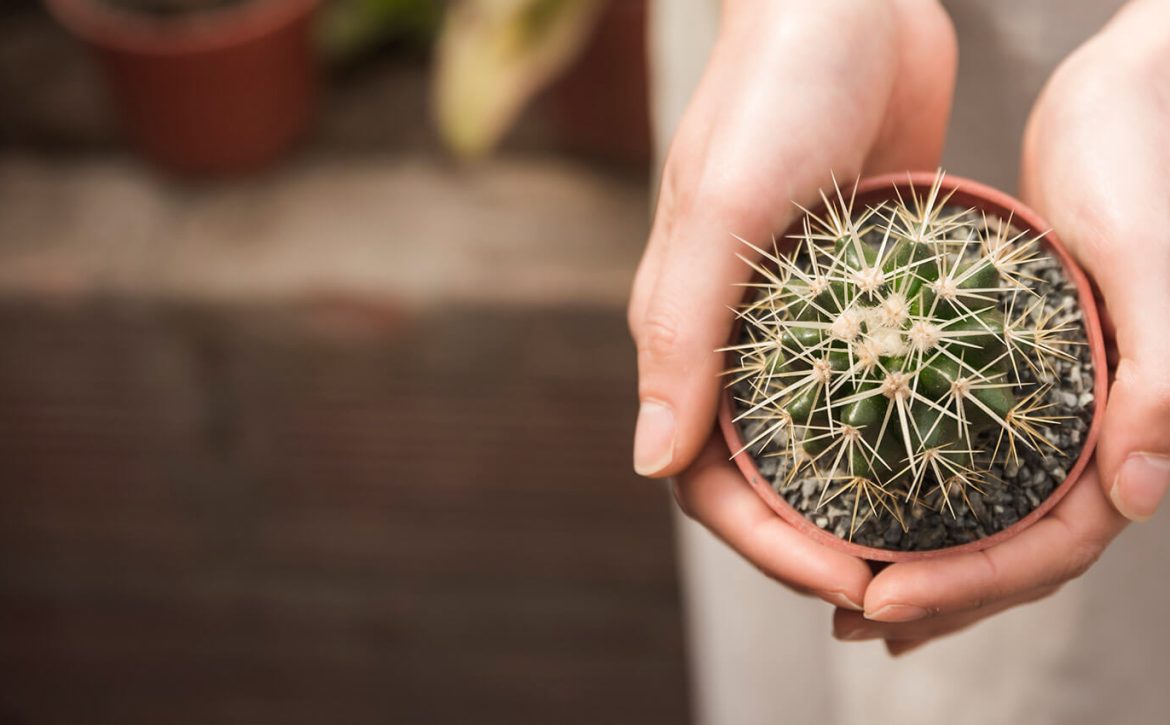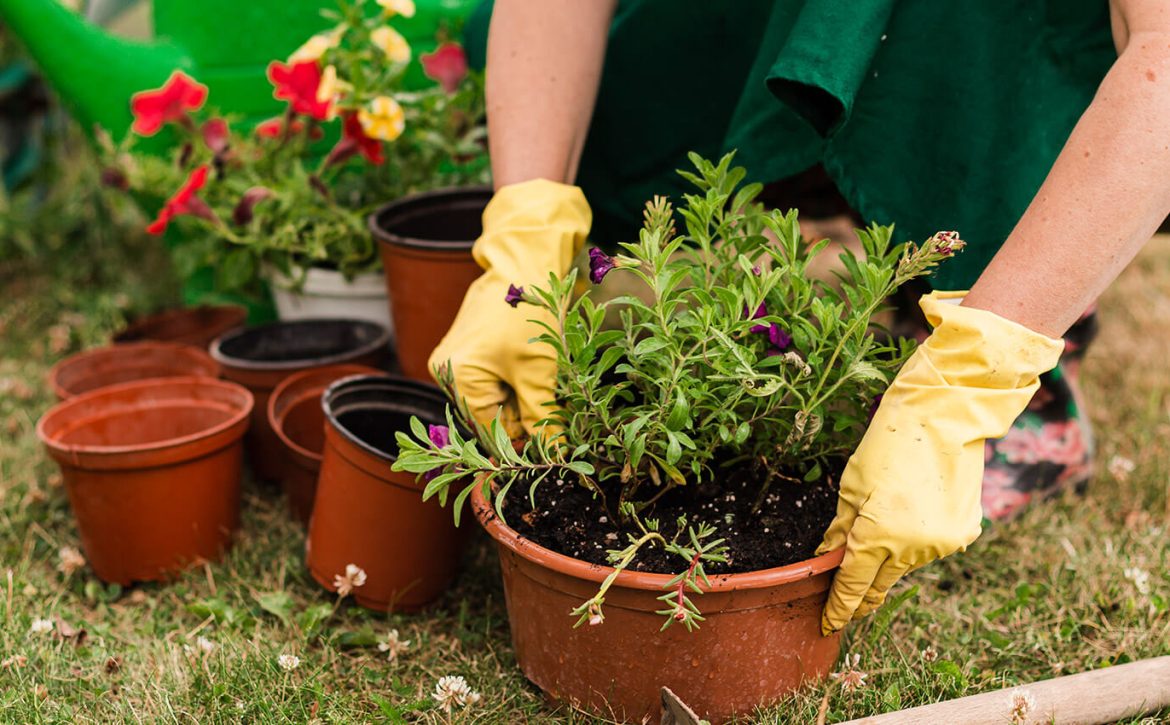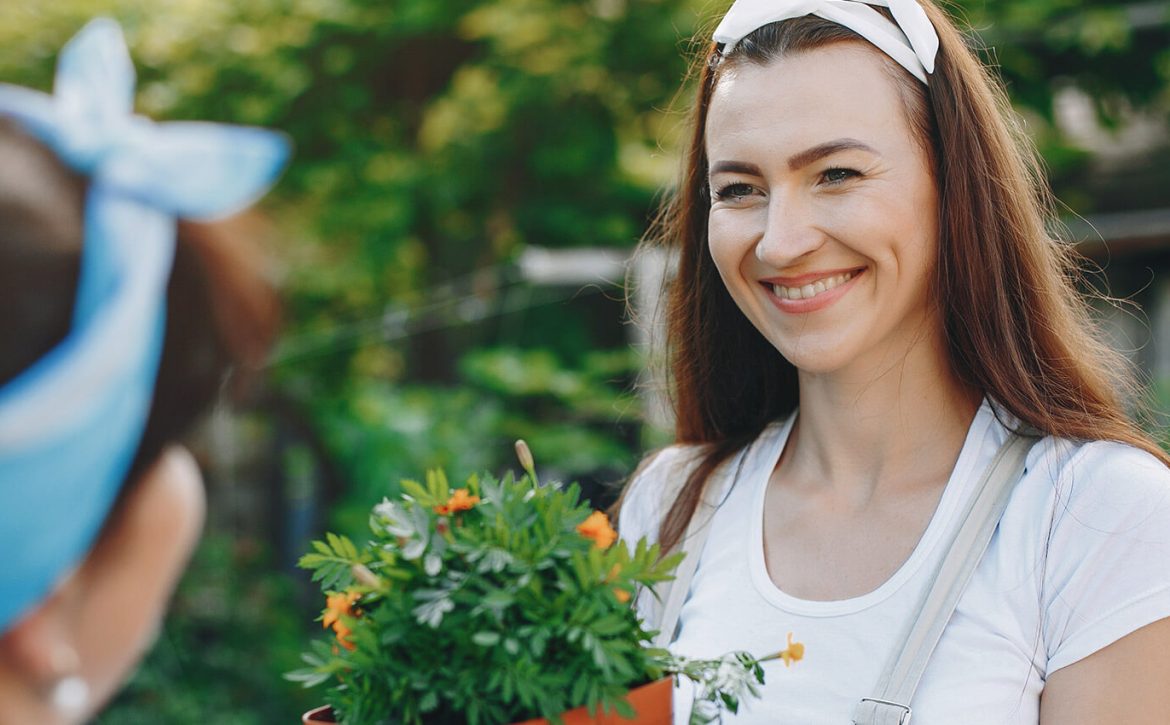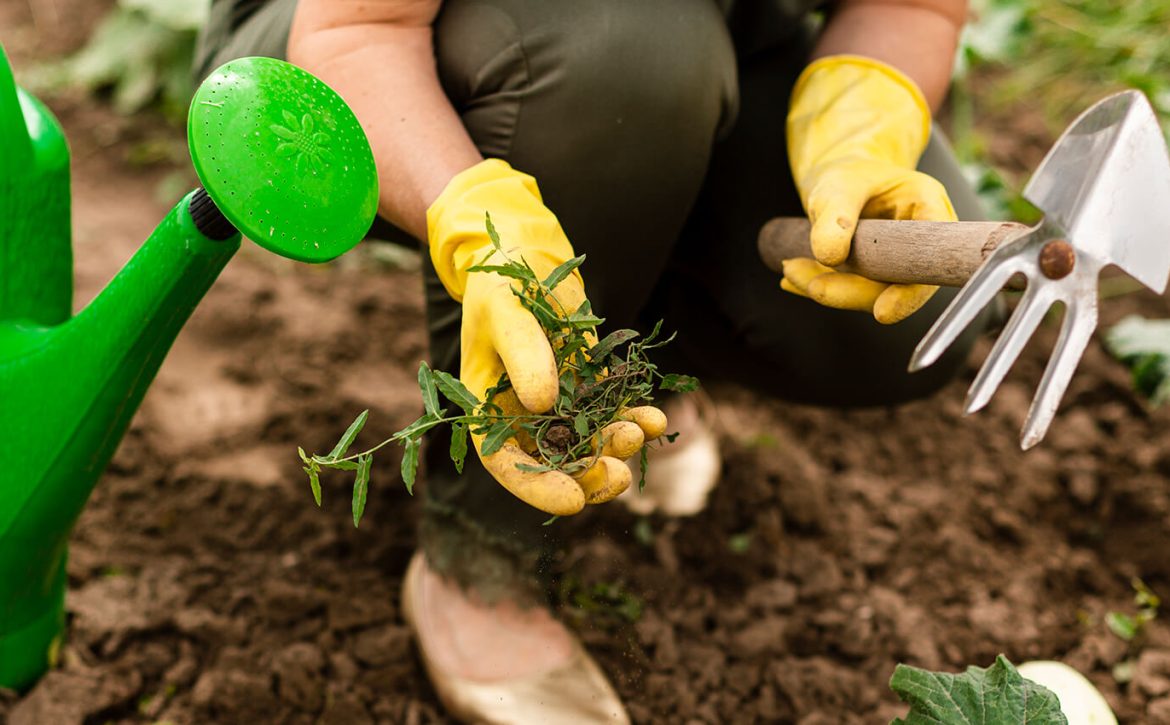Why do flowers like to use vermiculite? Advantages and disadvantages you need to know.
For friends who like to grow flowers, vermiculite is an all-too-familiar substrate. It is cheap, light in weight, and has excellent air permeability and water retention. It can be used with peat, coconut peat, and perlite for soil preparation. Growing flowers can improve the soil and adjust the pH of the soil; it can also be used alone as a cutting substrate, which is sterile and breathable, and has a certain degree of water retention, which is conducive to the rapid rooting of cuttings and can significantly improve the survival of cutting propagation It was once called the “artifact of cuttings”.
About the basic characteristics of vermiculite:
(1) Vermiculite is a mineral silicate material that has been expanded at high temperature. Its color is yellowish brown. It is a small particle with a slight twist like instant noodles. Magnesium, iron and other mineral trace elements, but almost no organic matter after high temperature expansion, belongs to the sterile matrix.
(2) It has a wide range of uses. It is not only a common substrate for soil preparation and cutting seedlings, but also can be used for hydroponics (soilless cultivation) and as insulation and hatching materials for reptiles.
(3) Use it to cut rose, geranium, crab claw orchid, succulent leaves, etc., not only take root quickly but also have a well-developed root system.
(4) Vermiculite is a neutral mineral, does not contain saline and alkali, and has a certain adsorption capacity. It can not only increase the bulkiness of the soil, but also regulate the acid-base balance of the soil.
(5) At the same time, it is also a cheap substrate, with high bulkiness and very light weight. It can be used for matching with peat, perlite, etc., which can reduce the total cost of soil preparation.
The role of vermiculite in the process of growing flowers:
In addition to improving the soil structure, making the soil more loose and air-permeable, and preventing water logging and rotten roots, vermiculite can also adjust the acid-base balance of the soil and keep the soil at a suitable humidity. The residence time and release cycle of fertilizers in the soil also have a certain positive effect on the growth of potted plant roots and the stable development of seedlings.
Precautions for using vermiculite:
(1) Vermiculite is pulverizing, and with the prolongation of the use period, it will gradually become powdery, losing its outstanding advantages, and its permeability and water retention will be reduced. Therefore, it is more suitable for use with other substrates, and the pot and soil should be changed every 1-2 years.
(2) There are various specifications of vermiculite, including block, flake and granular. For gardening, granular vermiculite is generally the best. Considering its own pulverization, it is not easy to choose too small particles when selecting the particle matrix. The particles of 1-3 mm are in the form of powder, and the particles of 3-5 mm are the most practical.
(3) Small particles of pure vermiculite can be used alone as a cutting substrate, but it is not suitable to be used alone to cultivate potted plants, because vermiculite contains almost no other nutrients except for some mineral trace elements. Using it together can learn from each other’s strengths and complement each other’s weaknesses. The proportion of peat, perlite, and vermiculite in a ratio of 5:2:3 can basically meet the growth needs of most potted plants.
As a granular substrate with good air permeability and water retention, vermiculite has multiple functions of soil improvement, soil pH stabilization and mineral trace element supply. It does have outstanding advantages in cutting propagation and root growth and development, but it is easy to pulverize. It is too light, and it is easy to float when watered, which is a fly in the ointment. Fortunately, there are quite a lot of granular substrates in the horticultural field. Medical stone, red jade soil, deer marsh soil, etc. are also commonly used soil granular substrates. Choose, make full use of strengths and avoid weaknesses!





